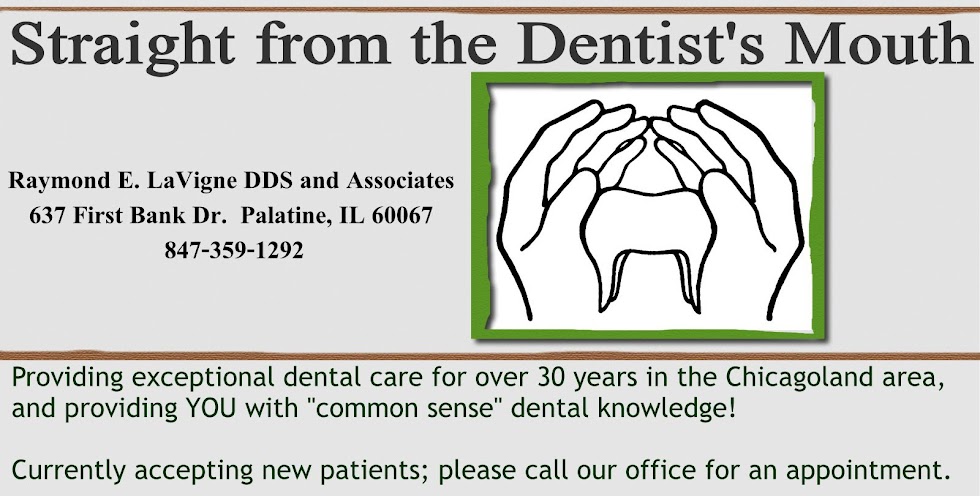What are the benefits of stem cell use?
Stem cells are used to create many other types of live cells which are grown into various body tissues. The live tissue is then used to repair or possibly even make an entire new organ.
Stem cells are the seeds of life having the ability to transform into all other types of cells that make up skin, bone, nerves, muscles, blood vessels and blood cells and also the variety of specialized organs, even heart and brain. This is how nature creates entire individuals. This is how our bodies repair themselves and replenish older cells.
On the contrary, currently used surgery and drug therapy are either only partially helpful or totally mask symptoms but do absolutely nothing to really repair an injury or cure a condition.
There are already known and also potential yet unproven reasons to believe that stem cell treatment will be far superior compared with currently used medical treatment.
Imagine being able to repair damaged bone, muscle, tendons and joints with perfectly healthy new tissue that is made from your own cells (or possibly a closely matched family member).
Some of these techniques are already being done. Use of stem cells can already replenish immune blood cells and produce bone.
Now imagine being able to create a new kidney rather than live on dialysis or have the risks associated with donation. Perhaps at some point in the future it may be possible to create a new heart or even a brain rather than live with one that has been patched or compromised by removing some parts.
What is the history?
Stem cell harvesting is a spin off from blood donation. Donation of whole blood came first followed by filtration of platelets (the cells that form blood clots). Later it was discovered that a similar filtration process could be used to harvest blood stem cells that can be transformed into other blood cells especially those needed for the immune system. Cells obtained by either blood filtration or bone marrow donation have replaced or supplemented immune systems of patients destroyed by cancer such as leukemia.
The ability to create new bone and blood cells is already in use.
The use of stem cells to transform into nerve, muscle and to form organs is still under research.
How can stem cells be obtained?
Stem cells are currently found available in the following:
-Bone marrow
-Blood donation / filtration
-Umbilical cord of newborns
-Teeth
What are the moral and ethical issues?
This is a complex topic. Some people believe that any use of stem cell engineering is beyond what should be done by humans – “Playing God”. Some are more specific about the unlimited possibilities with main concerns about:
1) Eventually allowing genetic engineering – ultimate “test tube babies”
2) Abuse and spread of abortion (for umbilical tissue if not worse)
3) Black market and other cost / profit-related issues.
Stem cells harvested from blood, bone marrow, teeth and umbilical cords, placentas are called adult stem cells. While these can be transformed into various types of cells, tissues and probably organs in the future; they cannot create new humans or any other animal.
Only embryonic stem cells can create a new individual. This is not the intent of current research and use of adult stem cells.
More about tooth stem cells
Stem cells found in teeth can be both hemopoetic and mesenchymal.
Therefore there is a potential to direct transformation into any other type of tissue cell needed not only for blood or bone but also for muscle, tendon, nerves, skin, and specialized types found in various organs.
Stem cells are found in many teeth but are most feasible to obtain in the following teeth at the following stages:
1) Primary (baby teeth) that are at the front of the mouth and are just getting ready to be lost naturally.
2) 3rd molars (wisdom teeth) that are still actively growing and do not yet have complete root formation.
3) Bicuspid teeth that are planned for removal for orthodontic crowding and also have roots that are not fully developed.
There are other situations that can provide stem cells, however the above are the the best due to:
1) Greatest number of healthy stem cells.
2) Greatest opportunity and least risk in removal and successful harvesting.
3) Stem cells are a bonus added to an already needed tooth removal or natural loss.
How do I learn more and actually apply?
More information and application to participate can be found online at www.StemSave.com or by calling 877-StemSave (877-783-6728).
A word about cost: When you first see the fees for long-term storage of your tooth stem cells, you will probably think, “that is a lot!”. When you make a comparison with the cost of having currently available surgeries and other medical treatments, you may see the potential for your investment now to be completely justified.
Thank you for reading,
Dr. Ray
Dr. Raymond E. LaVigne DDS is a practicing dentist in the Chicagoland area for over 30 years.
Please call our Palatine, IL dental office for an appointment: 847-359-1292.
